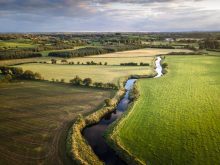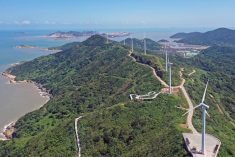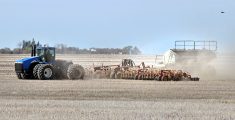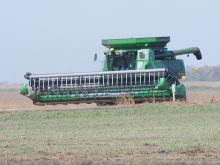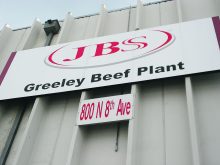University of Alberta researcher looks for a way to provide producers with management advice specific to their location
Researchers want to create a free app that will protect soil health in Alberta by helping farmers manage their land more sustainably in an era of climate change.
Producers could potentially get advice by entering their postal code into the app, said Derek MacKenzie, an associate professor in the Department of Renewable Resources at the University of Alberta.
“And then you could say, ‘I want to grow canola, but I want to do it in a way that is going to generate as many carbon credits for me as possible.’
Read Also
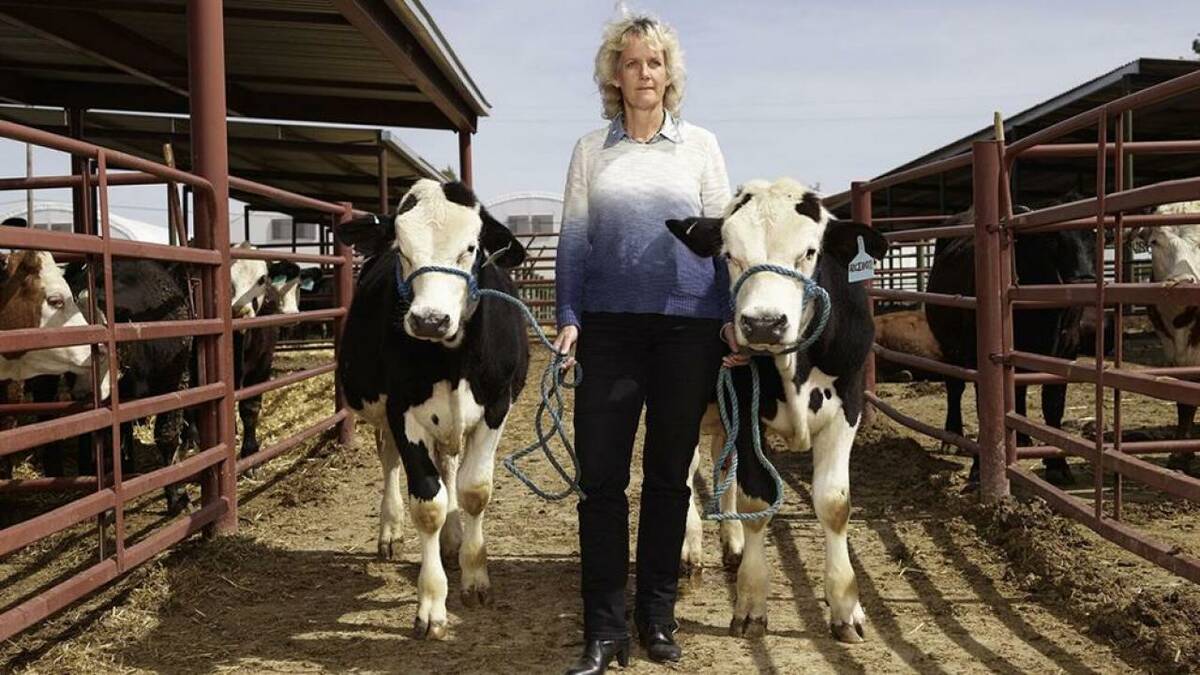
Stacking Canada up on gene editing livestock
Canada may want to gauge how Argentina and other countries have approached gene editing in livestock and what that has meant for local innovation.
“And then theoretically, maybe the app will be able to come back and say, ‘OK, in your region, the data shows that if you use this kind of compost-based fertilizer plus some synthetic fertilizer — plus some gypsum or wood ash, or some other additives — you will maintain your canola productivity, but you’ll also sequester this much carbon that could be then translated into carbon credits.’ So, that’s the goal of that.”
There is a massive amount of information on soils in the province that has not been collated into one place, said MacKenzie. The goal is to put it into a centralized database and add a variety of parameters, ranging from climate patterns to soil quality and health, as well as things such as land value as a further indicator of quality, he said.
“These are sort of high expectations for the model, and we’re just starting this work right now, but the idea is that every producer could contribute to this open-source database and have access to the open-source app … so then basically whatever data they submitted to the database would be helping all the other farmers in their region to learn from their experience.”
Besides assisting Alberta producers, MacKenzie sees the project as potentially helping spark a broader effort to create a national database and institute for soil health in Canada. “There’s definitely a need for some national co-ordination of all the research that’s been done.”
As part of the Alberta app project, scientists are putting together data from thousands of soil samples from more than 40 benchmark sites in ecological zones across the province, he said. It includes information on everything from pH and density to salinity that was annually collected by the provincial government for 10 years starting in 1997, he added.
There are also thousands of archived soil samples that scientists will re-examine for carbon quality and how it was changing over that period, he said.
“It really represents a baseline of soil health, and soil health is a metaphor for how a soil functions based on what kind of output you need from that soil.”
Scientists also returned in 2020 to resample the original sites, he said. “And we were adding in some indicators of soil health, which are things like organismal diversity, so fungi and bacterial diversity, soil invertebrate diversity, and some different metrics of carbon sequestration in the soils.”
Big data and machine learning have been used on everything from tracking COVID-19 to analyzing the data collected by Google every day on the online habits of its users, said MacKenzie. However, such techniques are only just starting to be applied to soil and agriculture, he added.
Besides the difficulty in standardizing the information that has already been collected to make wider sense of it, it also takes a lot of time-consuming, hands-on work to gather new scientific data about soils, he said.
“And so, I always tell my students, ‘if you do a week of soil sampling, it turns into two months of laboratory work … and you don’t get numbers until the end of that two months’.”
Despite such technical problems, MacKenzie said Alberta farmers are blessed to have “incredibly fertile soils here.” It’s something he wants to ensure they will continue to enjoy in an era of climate change.
“The purpose of the beginning of this work is to create a baseline of soil health, and then start examining what kind of different management techniques may improve or degrade that soil health, and with the goal that we constantly want to improve or at least maintain soil health so that we have agricultural sustainability through time.”




